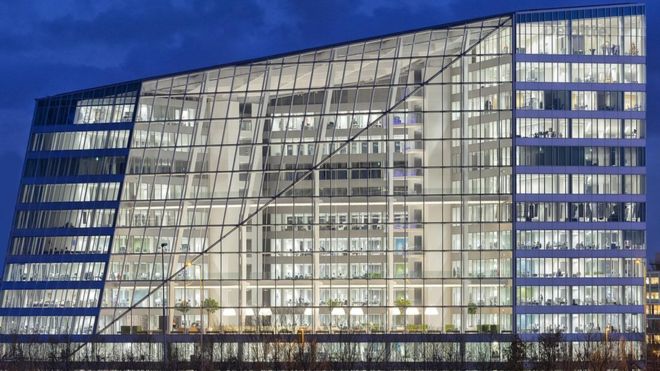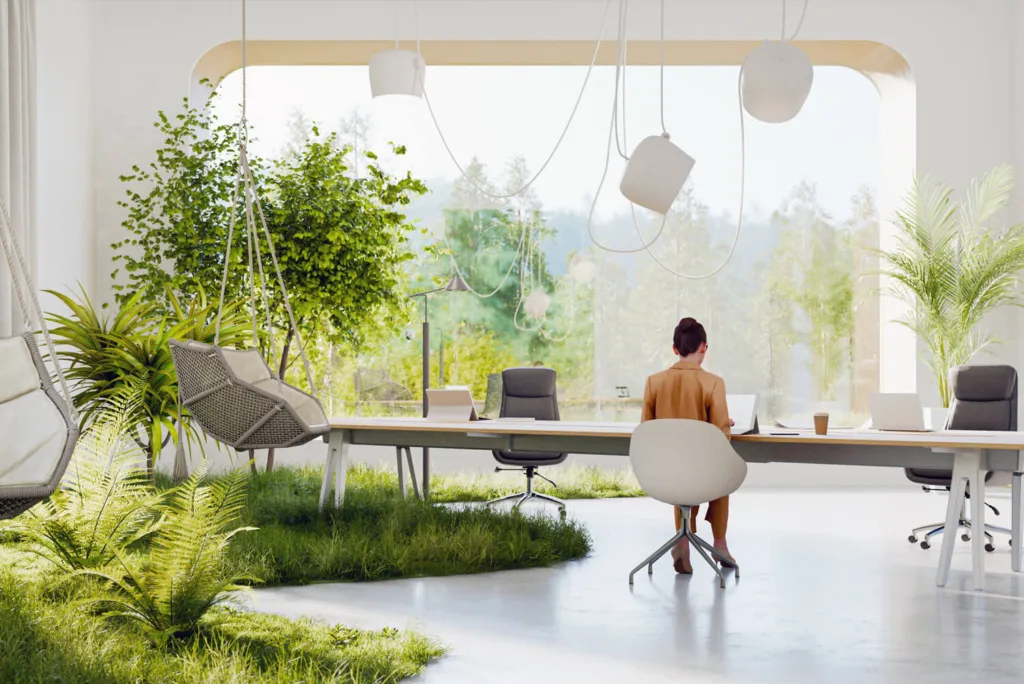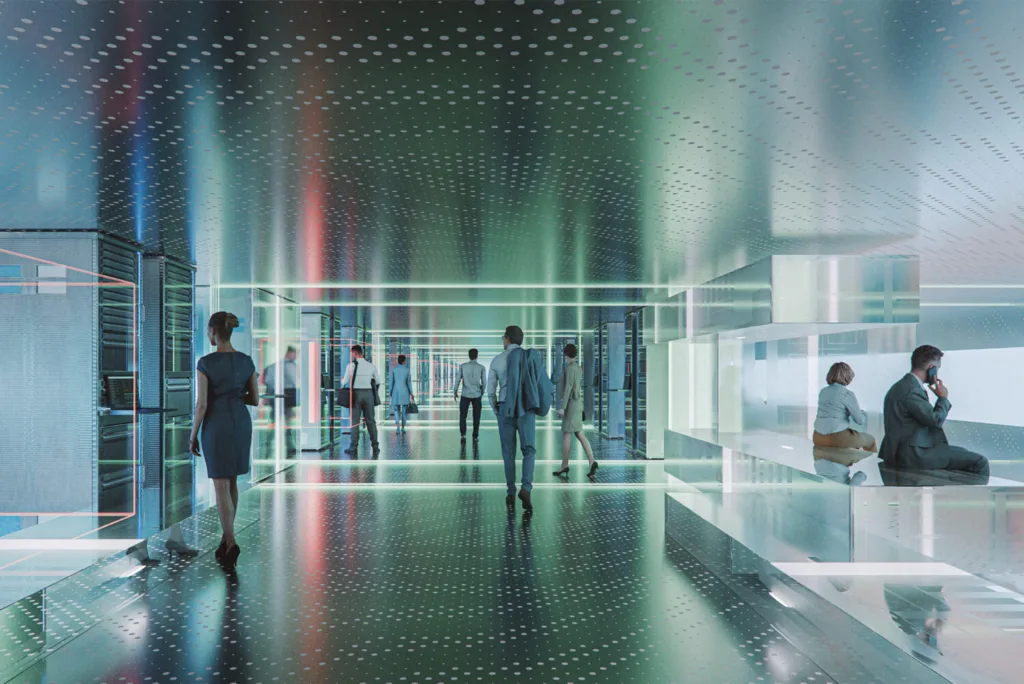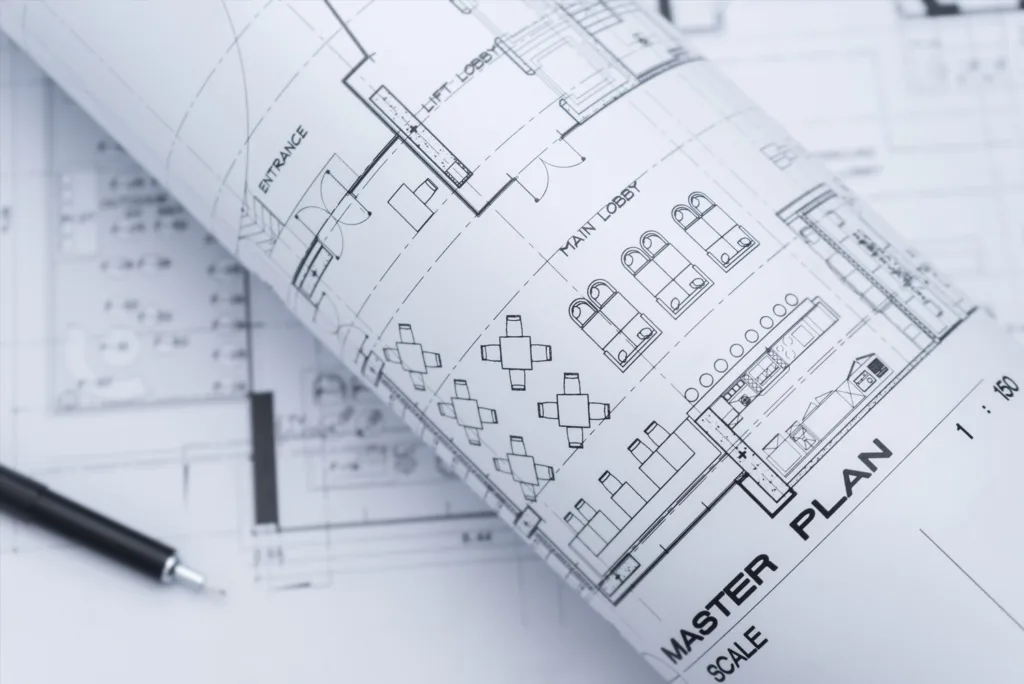The age of personalization is revolutionizing consumer experiences across almost every industry. Examples of this are everywhere.
Walking to my car after work, I get a notification from my iPhone telling me how long the drive home will take and what traffic to expect. On Amazon, Facebook, and Netflix, every page has been built based on my previous actions and user data, and one would be hard pressed to find any two pages that look the same to two different users.
Some of the biggest technology firms in the world have invested countless hours and massive amounts of money into personalization, and it has rewarded them in one of the most meaningful ways: customer loyalty. Customer loyalty, in the consumer technology world, is what allows you to charge $1,200 for a phone.
Why is it then, that my office building – where I spend a vast majority of my conscious hours —knows almost nothing about me? Shouldn’t the place where I spend 40+ hours a week be able to figure out what would make my experience better?
Leaders in the commercial real estate industry think so, and office building owners and managers are facing a challenging reality; four walls and a roof will no longer cut it for the tech-enabled millennials who will soon make up 50% of the workforce.
According to Dell & Intel’s Future Workforce Study, 50% of employees expect to work in technology-enabled, or “smart” offices in the next four years. Furthermore, 80% of millennials say workplace technology would have an influence when deciding to take a job or not.
Landlords are quickly ramping up their efforts to keep pace with this technology driven generation by providing amenities and experiences to tenants once thought to be outside the scope and role of the landlord.
Providing the right amenities to your tenants is fundamental to helping them win the talent war and hire great employees. If you help your tenants hire great employees, you create tenant loyalty. And in the CRE world, tenant loyalty is worth a lot more than an expensive phone.
So, let’s cover the major trends in the amenity war, specifically focusing on what millennial tenants want and respond well to.
Concierge Style Services
According to Project, more than 4 in 10 millennials consider themselves “work martyrs”, which means they work longer hours, more weeks per year, and forgo vacation. This schedule leaves little time for anything else, and it is why leading employers are putting systems in place to help their employees with the tasks of day to day lives.
These tasks are often referred to as the “second shift.” They are the little things that need to get done but often get lost in our busy lives – think grocery store runs, dry cleaning pickups, and even dinner reservations.
Health & Wellness
For millennials, active and healthy lifestyles are here to stay. Despite this trend, a typical day in the office still means sitting for hours and hours with little to no physical activity. This type of workday may actually be killing us. Perhaps you’ve heard the phrase “sitting is the new smoking” (okay, that’s a stretch, but you get the idea).
Employers and landlords are moving quickly to move past just offering gyms in a building to help combat these health challenges. Many buildings now have staff onsite that assist employees in achieving health and wellness goals and bring in various fitness classes, like Yoga and CrossFit.
Fitness classes have become an extremely popular trend – Men’s Health lists “Group Training” as the second biggest trend in fitness in 2018. These pop-up type classes that can be brought to an office building represent a massive opportunity for employers and building owners; there is no upfront cost (as long as you have a space that can host the class) and tenants will love you for it.
Easier Commutes
Employees want to be able to get to work in a comfortable and convenient way. This is particularly important if your building is outside the downtown core of a city. Providing a shuttle or commuter perk is a huge tool to attract employees, particularly millennials. Keep in mind that millennials love living in city but hate buying things (particularly cars), so commuting is a huge factor in their job selection process.
If you still aren’t sure companies think commuting is a big deal when recruiting talent, please keep in mind that New Balance built a train station for the MBTA so people could commute easily to their new offices in Brighton.
Technology Perks

As mentioned in the introduction – according to Dell & Intel’s “Future Workforce Study”, 50% of employees expect to work in technology-enabled, or “smart” offices in the next four years. Furthermore, 80% of millennials say workplace technology would have an influence when deciding to take a job or not.
Clearly, the technology expectations of tenants within large office buildings are very high, but landlords and CRE companies are just catching up – so there is huge opportunity here. Smart buildings and IoT technology can keep a carrying eye on the wellbeing of all employees.
This desire for technology can mean a lot of different things, but a quick look at Deloitte’s office in Amsterdam, “The Edge”, should give a good picture of where things are headed. The building recognizes you and your car as you pull into the garage (instantly giving you access). No one is assigned a desk, and your entire day is run through your smart phone that knows how you like your coffee and even how to set the lights around you. You can even order ingredients to cook for dinner while you’re there and scoop it up on the way out.
In summary, commercial real estate landlords and owners need to realize that the key to creating customer/tenant loyalty is acknowledging and playing their part in tenants’ talent wars. It’s really quite simple: if you help your tenants attract and retain the best employees, you will attract and retain the best tenants.


